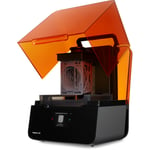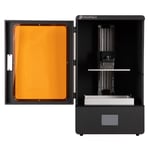Prusa Research released its second MSLA 3D printer, the Original Prusa SL1S Speed, in a surprise blog announcement in mid-June. The company claims the new printer produces parts over twice as fast as its first resin product, the now discontinued Original Prusa SL1.
Prusa made some interesting choices with the release of this new MSLA printer. It raised the price to ~$2,000 – which we consider being outside average consumer reach – and is not releasing a kit version of the system. The company is, of course, staying true to their open-source policy and say it will make all documentation for the SL1S Speed freely available.
In the announcement, Prusa justified not offering a kit by its internal statistics, saying kits were far less popular for the SL1 than for its FDM systems. The company also said it’s difficult to produce kits that achieve the expected precision from the SL1S Speed, so pre-assembled was a better route. Many of the reasons given to justify the increased cost – transportation and component availability to name a few – could be rooted in present global supply chain issues, but it’s unclear whether Prusa plans to lower the printer’s price if conditions surrounding their supply chain become easier.
Features

Monochrome LCD Screen
The update was prompted, Prusa Research says in their release blog, by the Original Prusa SL1S Speed’s key feature: a monochrome LCD screen. Monochrome LCDs are lauded in MSLA 3D printers for their fast curing (due to increased UV exposure) and longer lifespan compared to RGB screens – which featured on the SL1.
The company claims the Original Prusa SL1S Speed’s new LCD screen will last four times as long as RGB displays. It’s also replaced the SL1’s UV LED panel with an LED array it says is “four times more powerful.” According to Prusa, users will see layer cure times as fast as 1.6 seconds for opaque 405nm resins (“more than three times shorter exposure than the SL1”) and even 1.4 seconds for transparent material.
Prusa seems to be targeting industrial users with this new release, having dedicated a paragraph of the release blog post to what the faster curing means for heavier industrial resins, specific industries, and where the SL1 is already being used in industry and academia.
Fast Tilting

Printing speeds were not improved on the Original Prusa SL1S Speed by curing time alone, oh no. Prusa also looked to platform movement and decided it just wasn’t keeping up. Vat tilting and platform movement are “nearly three times faster” on the SL1S Speed, the company says.
Vat and build platform motion certainly take a lot of printing time, but getting the motions right is crucial. Do it wrong and parts will remain adhered to the vat too stiffly and break or come off the build platform – causing prints to fail.
Tilting mechanisms on resin trays are great because they limit the surface force exerted on a part at one time. Where parts are removed by the build platform’s Z-motion alone, the full surface is tugged off the vat at once. When tilting is employed, only small sections of the part undergo force in succession.
Print Volume
At 5.96”, the Original Prusa SL1S Speed’s LCD screen is bigger than the SL1’s and has a 25% larger build volume to match. This brings the SL1S Speed’s print volume to 127 x 80 x 150 mm. Prusa says that it can reach over half the total build height, 80 mm, in just an hour of printing, given the right conditions (transparent resin with low layer heights) and points out the usefulness of this speed for prototyping. This means you’ll be able to use the full 150 mm build volume in just two hours, which Prusa says specifically further down in the blog post.
Ball-Screw Z-Axis
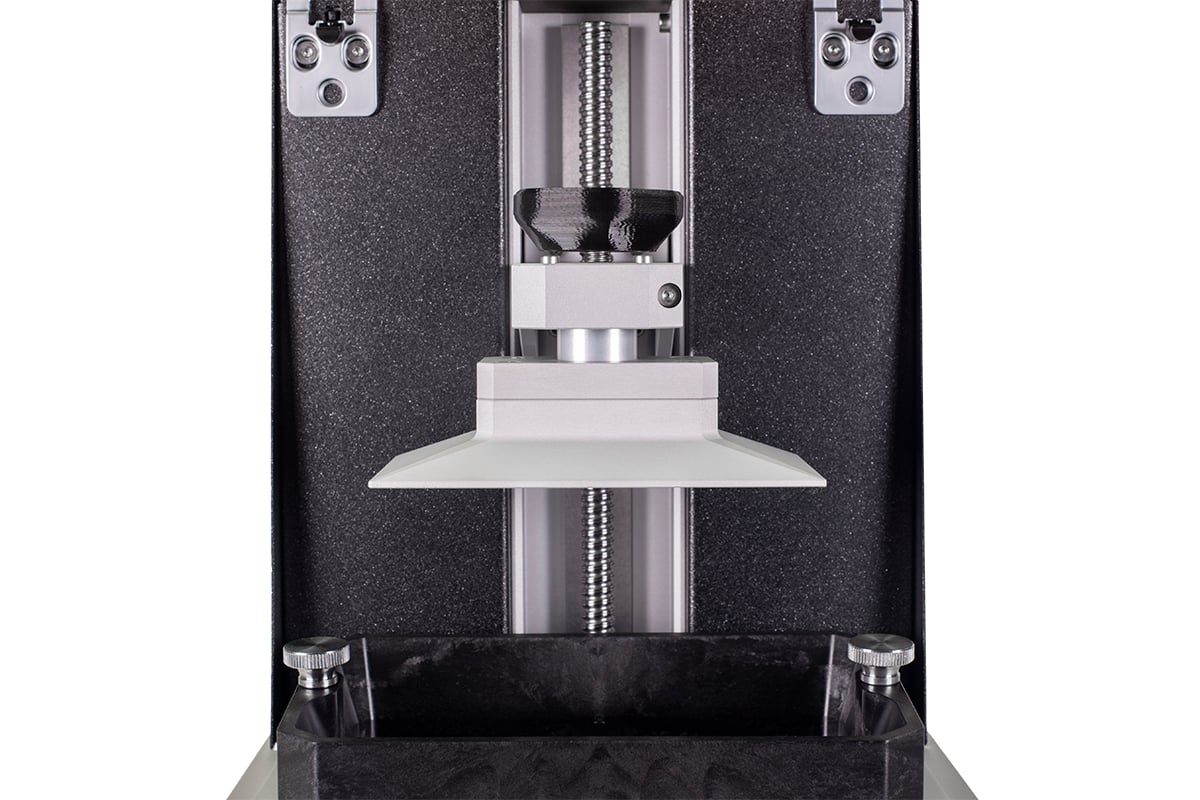
The Z-axes on resin printers like the Original Prusa SL1S Speed see more use during regular operations than with FDM printers. Between each layer, even with tilting mechanisms, the Z-axis needs to rise, releasing the last cured layer, and come back down, pushing the part back against the vat.
If Z-motion is inaccurate, you’ll see some real quality drops. Ball-screw-driven axes are expensive but undergo less friction than the leadscrew-based motion typically found on FDM printers and more affordable resin printers. Less friction is already great for longevity but, in a system like resin printing, limiting friction where other forces are present can make a big difference to accuracy – so we’re happy to see a high-quality Z-axis on this new printer.
Swappable Resin Tanks

If you aren’t already engrossed in SLA 3D printing, it might not be immediately apparent that materials aren’t the only consumables. As UV light passes through an FEP film on the lower side of the resin vat the film degrades, becoming increasingly clouded. At a point quality will start to suffer. For some 3D printers, this means replacing the whole vat. For others, just the FEP. Prusa’s given both options with their upgrade here, offering affordable vats with an easy-to-replace FEP film and a tank cover for safely storing materials away from daylight.
This is just a quality-of-life upgrade, to be sure, but it’s a big one. When you’re locked into using a single vat one way or another, changing materials is a cleaning nightmare. Even if you have multiple tanks ready to go, storing them securely and away from the sun’s curing UV rays can be a nuisance. Prusa Research has redesigned their tanks with a graphite-PA6 compound that comes with a lid for secure storage and stacking (stacking!). They’re available for just ~$25 a pop. Opting to replace the FEP film is even cheaper at ~$15 for 3 pieces, but Prusa also says that non-proprietary FEP is fine.
Further Features
- Angled Build Platform -The build platform on the Original Prusa SL1S Speed now has an angled top – “by popular demand,” Prusa says. As SLA printers operate, some resin is inevitably tossed around inside by suction, stirring, or whatever forces are present. Some of that resin can end up on top of build platforms; beveled platforms allow the resin to drip down and back into the vat. It’s a small touch, but a nice quality-of-life upgrade from the SL1’s flat platform.
- Activated Carbon Filter – Nobody wants a smelly printer. Activated carbon filters go a long way in absorbing odors and contaminants, so working nearby the Original Prusa SL1S Speed shouldn’t crinkle your nose too much. Keep in mind: though activated carbon filters are present in air purifiers this does not mean it removes all toxins here. It’s best to keep 3D printers away from spaces you spend a lot of time, and definitely not where you sleep.
- Fully web controllable – The SL1 was Prusa Research’s first fully web controllable 3D printer and that feature has, of course, carried over to the SL1S Speed. The company’s web UI, Prusa Connect Local, is an OctoPrint-like interface convenient for starting workflows remotely. Bear in mind, however, its current form will only function over a local connection (LAN). This won’t be a system that lets you start or stop print jobs from home like some professional web interfaces – at least until Prusa makes that available.
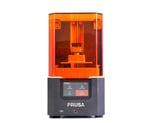
Release Date & Availability
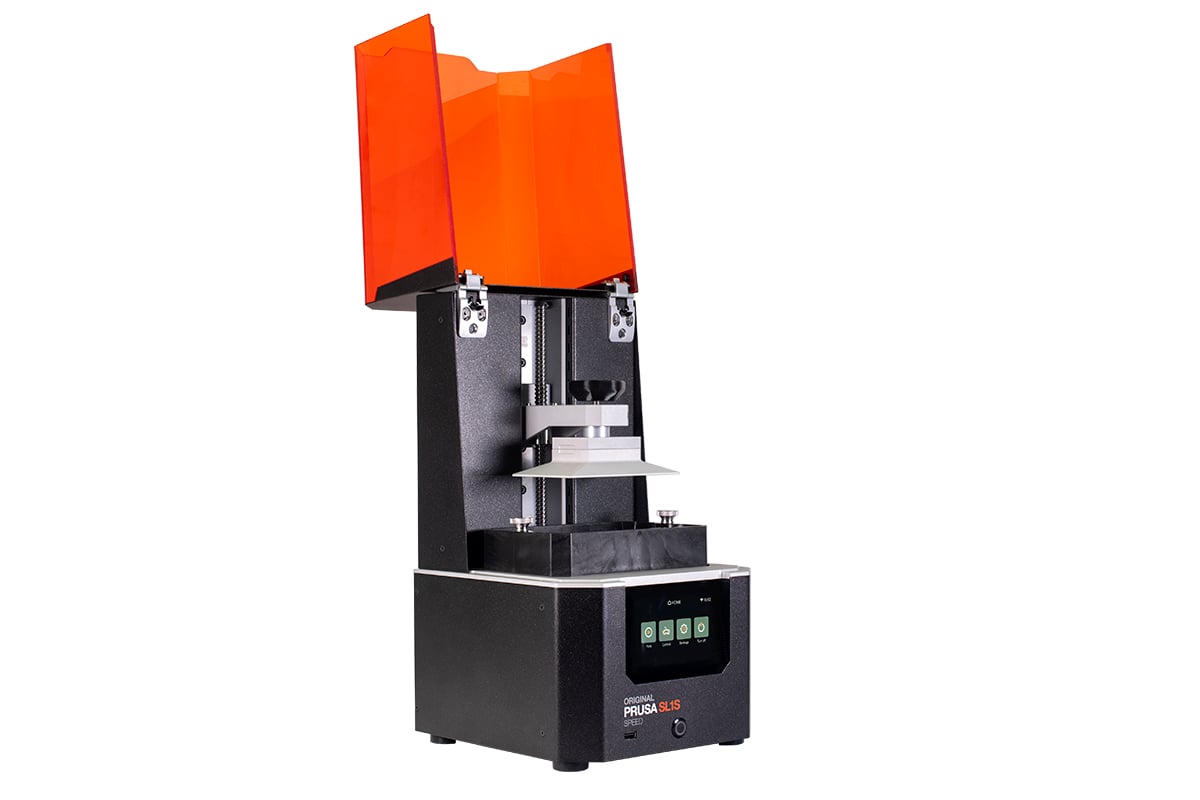
The Original Prusa SL1S Speed was released the same day it was announced via a surprise blog post that quietly went up on the Prusa Research website on June 16, 2021.
The printers are available on Prusa Research’s website now but, at the time of writing, come with a lead time of five weeks.
The company said on the announcement that any customers whose SL1 had not yet shipped would receive the SL1S Speed instead, a handy discount for the lucky few to have bought during this transition.

Price
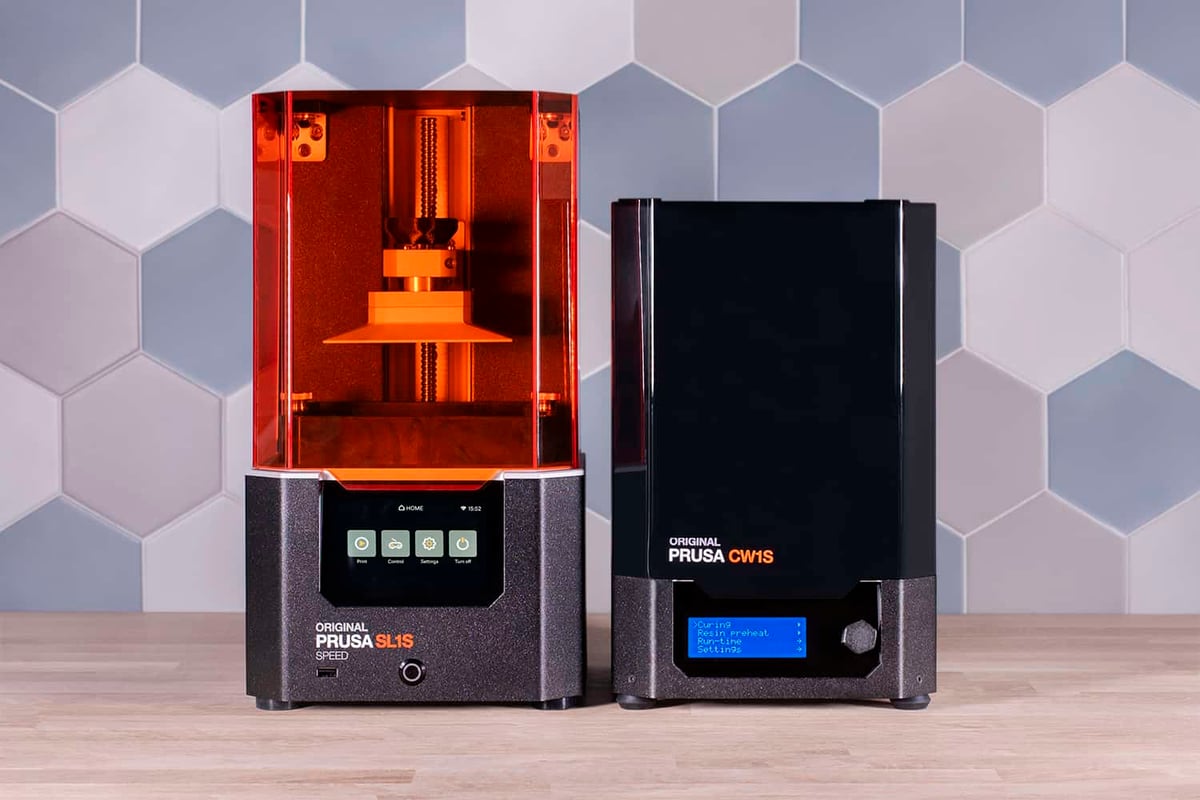
Priced at $1,999, the Original Prusa SL1S Speed is only ~$300 more than the fully assembled SL1 predecessor, but a cheaper DIY kit isn’t being offered this time.
It’s somewhat surprising to see Prusa Research increase a product’s price so much. The SL1S Speed does, after all, completely replace the SL1. Usually, the company seems to aim for accessibility, more recently offering affordable products in their FDM line with the Original Prusa Mini+. The company says the increase was caused, at least in part, due to supply chain difficulties, but it’s unclear whether easing supply chains post-pandemic will lead the company to drop their new price.
Strange that it doesn’t take a similar strategy for SLA products as it does the FDM line, offering exceptionally high-quality consumer products for marginally higher (at most double) the price of competitors. The SLA market is growing at a rapid pace with great performing machines retailing as low as ~$200. But, it is true these affordable SLA machines aren’t made for the demands of industrial users; who Prusa is clearly targeting. Both the company’s release blog and the Prusa Live livestream that followed pointed out the system’s strengths in industrial and otherwise professional settings repeatedly, mentioning key applications such as prototyping and dentistry often.
“It can easily compete with 2-3 times more expensive machines,” the company says. If the new improvements it’s announced are right, it certainly will. Many of the most sought after professional SLA 3D printers sell for ~$3,000 and over, so the Original Prusa S1S Speed is priced extremely competitively if it truly holds up.

Tech Specs
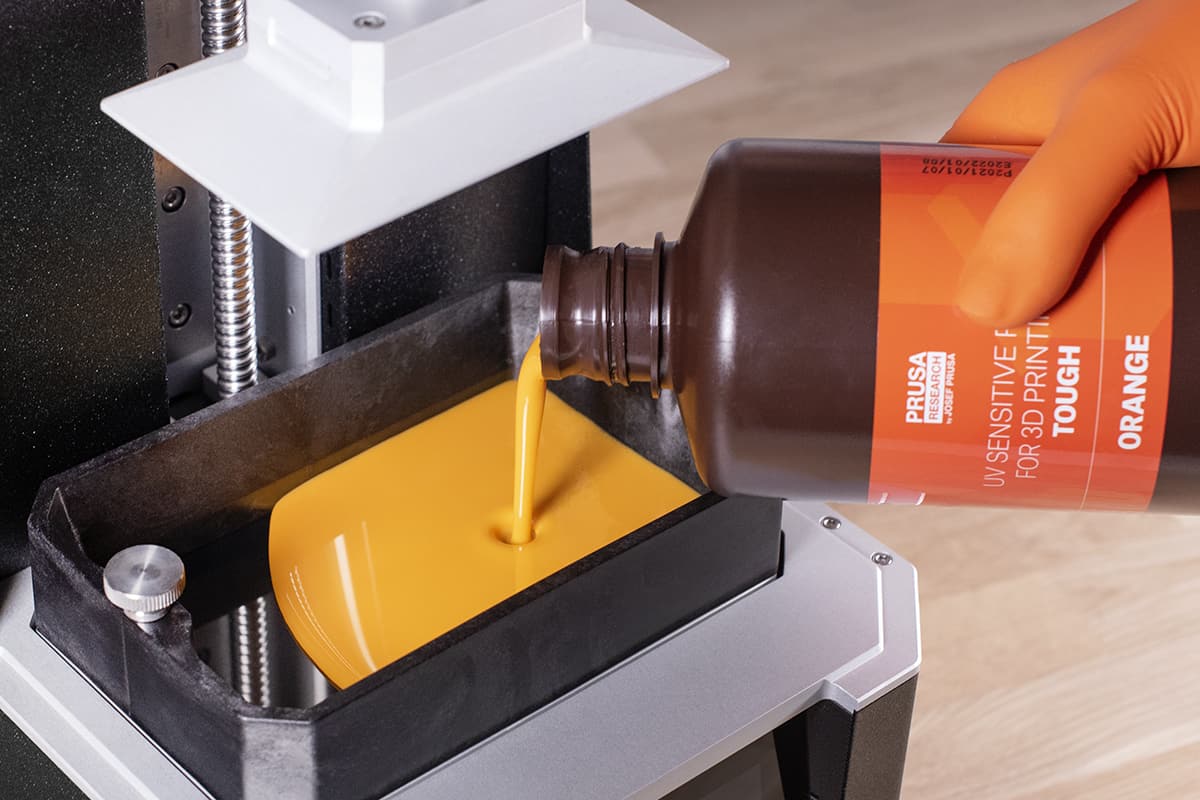
General Specifications
- Technology: MSLA
- Type: Resin
- Year: 2021
- Assembly: Fully assembled
- Manufacturer: Prusa Research
- Country: Czechia
3D Printing Specifications
- Build Volume: 127 x 80 x 150 mm
- Layer Height: 25 microns
- XY Resolution: 49 microns (2560 x 1620 pixels)
- Z-axis positioning accuracy: N/A
- Printing Speed: 1.3-2.4s/layer
- Bed-Leveling: Automatic
- Display: N/A
- Third-Party Materials: Yes
- Materials: 405 nm UV resin
Software Requirements
- Recommended Slicer: PrusaSlicer
- Operating system: Windows / macOS X / Linux
- File types: STL
- Connectivity: USB, WiFi, LAN
Dimensions and Weight
- Frame dimensions: 225 x 237 x 400 mm
- Weight: N/A

Similar Machines
You may also be interested in the following printers:
Formlabs Form 3
Formlabs has consistently produced high-quality resin systems, having made waves in SLA printing early. The Form 3 differs from the Original Prusa SL1S Speed most notably in that it is not an MSLA system, using a single laser to cure resin with pinpoint accuracy instead. It’s highly accurate, but can be slower than MSLA systems. It’s worth noting that Formlabs isn’t as consumer friendly as Prusa Research, offering a closed platform of consumables.
Peopoly Phenom
Another MSLA system, the Peopoly Phenom was our “Editor’s choice” pick for spring 2020. It’s massive by SLA standards (276 x 155 x 400 mm build volume) and boasts an LCD screen with 4K resolution for very detailed prints. It does miss some quality-of-life features – there’s no resin sensor – but priced a touch lower than the Original Prusa SL1S Speed, it’s definitely a tempting buy for the extra legroom.
Phrozen Sonic Mini 4K
Phrozen brought monochrome MSLA to budget 3D printers with the Sonic Mini, then stepped it up a notch with the Sonic Mini 4K. Priced at just ~$400, you get the same core technology as the Original Prusa SL1S Speed for a fraction of the price but with a 4K resolution. The build volume is shy of the SL1S Speed’s, but if you’re focusing on miniatures and other detailed objects, this might be the way to go.

License: The text of "Original Prusa SL1S Speed: Specs, Price, Release & Reviews" by All3DP is licensed under a Creative Commons Attribution 4.0 International License.
CERTAIN CONTENT THAT APPEARS ON THIS SITE COMES FROM AMAZON. THIS CONTENT IS PROVIDED ‘AS IS’ AND IS SUBJECT TO CHANGE OR REMOVAL AT ANY TIME.


